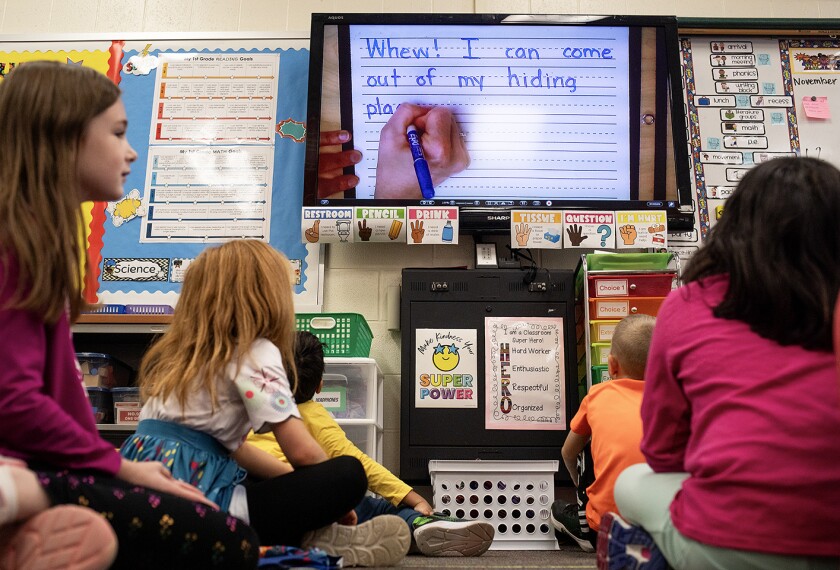Parini—esteemed poet, novelist, and Frost biographer—may be a professor of English at Middlebury College, but what he writes about teaching will be of keen interest to all educators, especially young ones just finding their way in the profession. Parini can relate to their struggles. He failed at his first teaching job, at Dartmouth College, in part because self-consciousness made it difficult for him to truly hear what his students were saying. Only with experience did he learn that a teacher must “get something valuable back from students,” not only because this demands a posture of sympathetic listening but also because students have insights worthy of attention. He, like all teachers, had to learn to work “through my ideas with the class.”

The novice teacher, Parini tells us, is often terrified of appearing vulnerable; the effective teacher, on the other hand, has enough confidence “to make mistakes, say stupid things, allow the students to contradict and subvert your ideas.” But how can the young teacher, feeling overscrutinized and insecure, develop this confidence? Parini believes that he or she must learn to become a performer, playing at various times the “wise man, fool, tempter, comforter, coach, confessor.” Be yourself, yes, Parini says, “but build on that notion, adding to yourself, amplifying yourself.” Too many teachers strive for round-the-clock authenticity, which leads to burnout and uncertainty. The idea, to paraphrase Parini, is to develop a teaching self that is both a compelling fiction and yet not false.
As this suggests, Parini has thought deeply about all aspects of teaching, and readers will appreciate his insights on such sundry topics as assessment (he believes teaching to the test is “anti-educational”); dress (it reflects one’s teaching style); and the hiring of new colleagues (people you have to be prepared to work with for the next 20 years). Parini’s book may not change the way you teach, but it may make you think more deeply about education than you ever have before.




